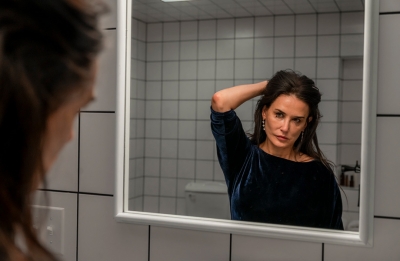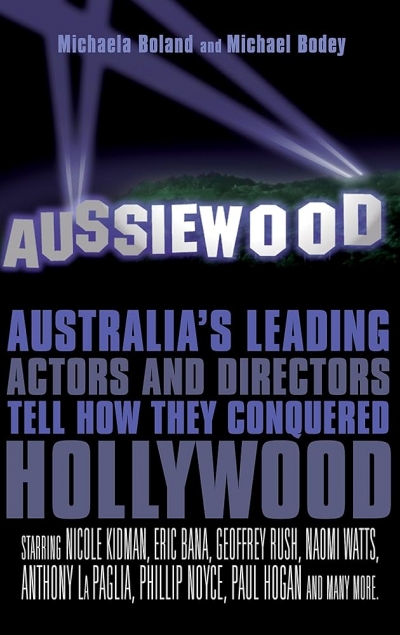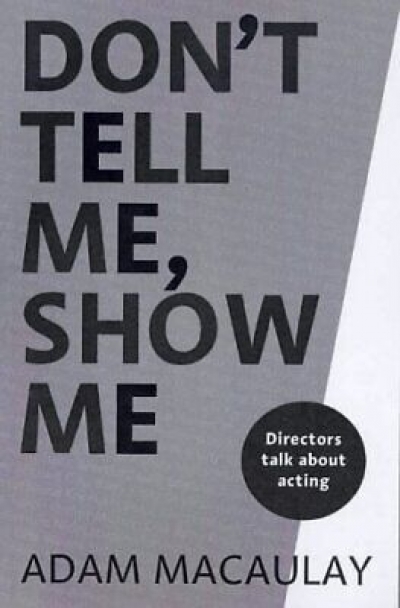Cinema
Here is news: the screen industry treats women like garbage. This insight, such as it is, powers writer-director Coralie Fargeat’s second feature film, The Substance, which is set in an unnamed city that is clearly a version of Los Angeles, at an unnamed time that bears resemblance to the 1980s. ... (read more)
Cast Mates: Australian actors in Hollywood and at home by Sam Twyford-Moore
by Jordan Prosser •
The Cinema of Britain and Ireland edited by Brian McFarlane
by Richard Johnstone •
Aussiewood by Michaela Boland and Michael Bodey & Trade Secrets by Terence Crawford
by Richard Johnstone •
Don’t Tell Me, Show Me: Directors talk about acting by Adam Macaulay
by John Rickard •







